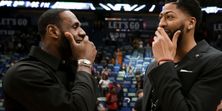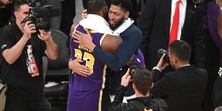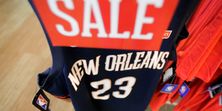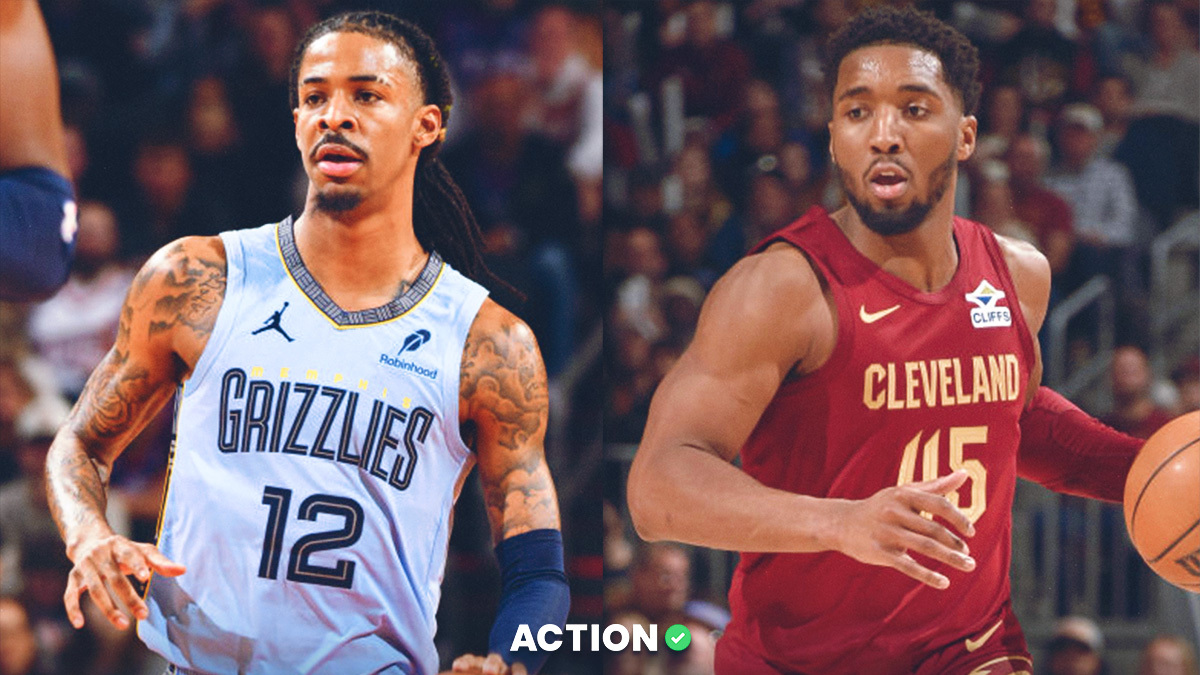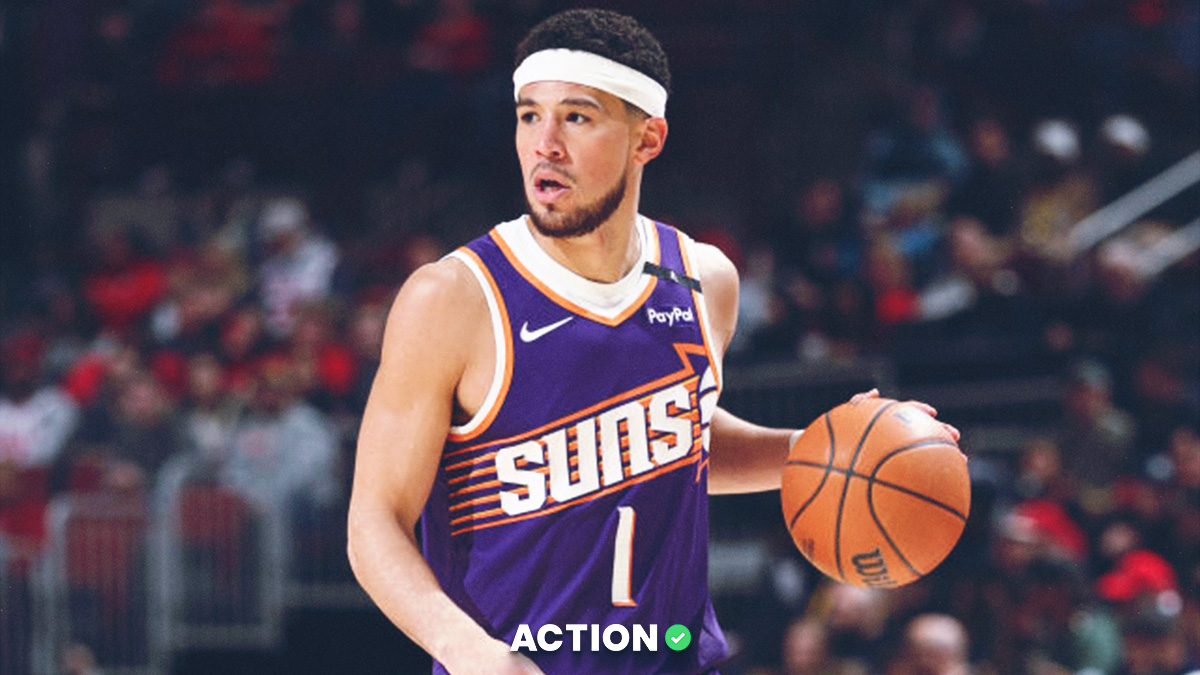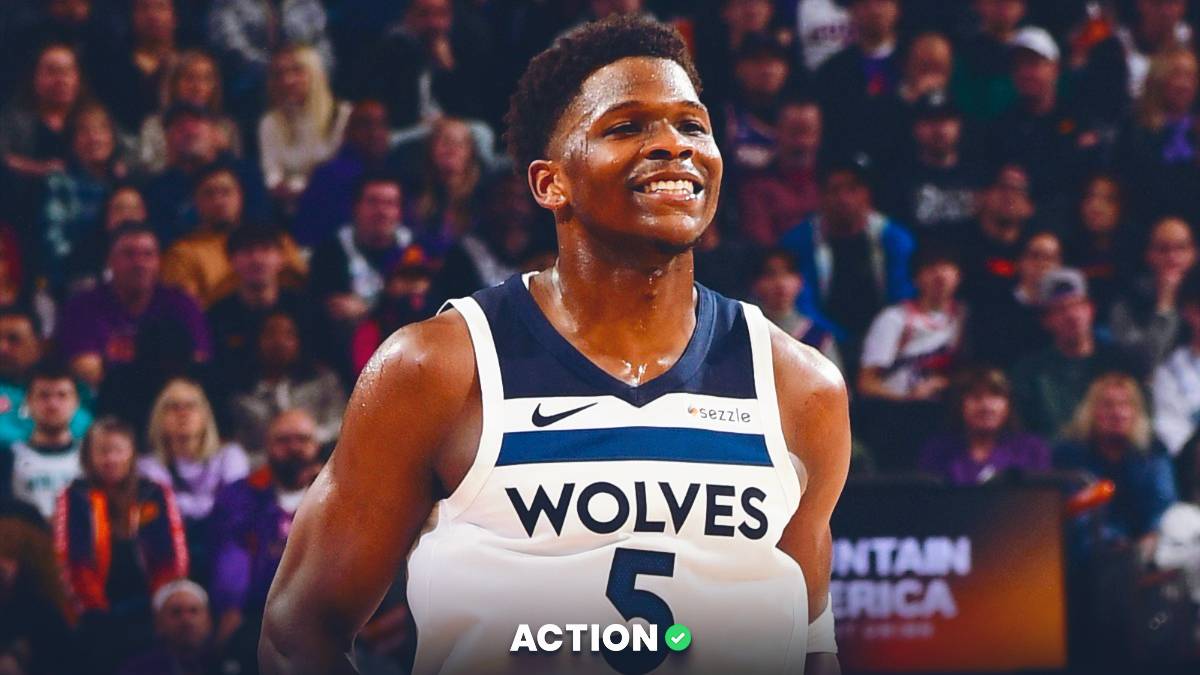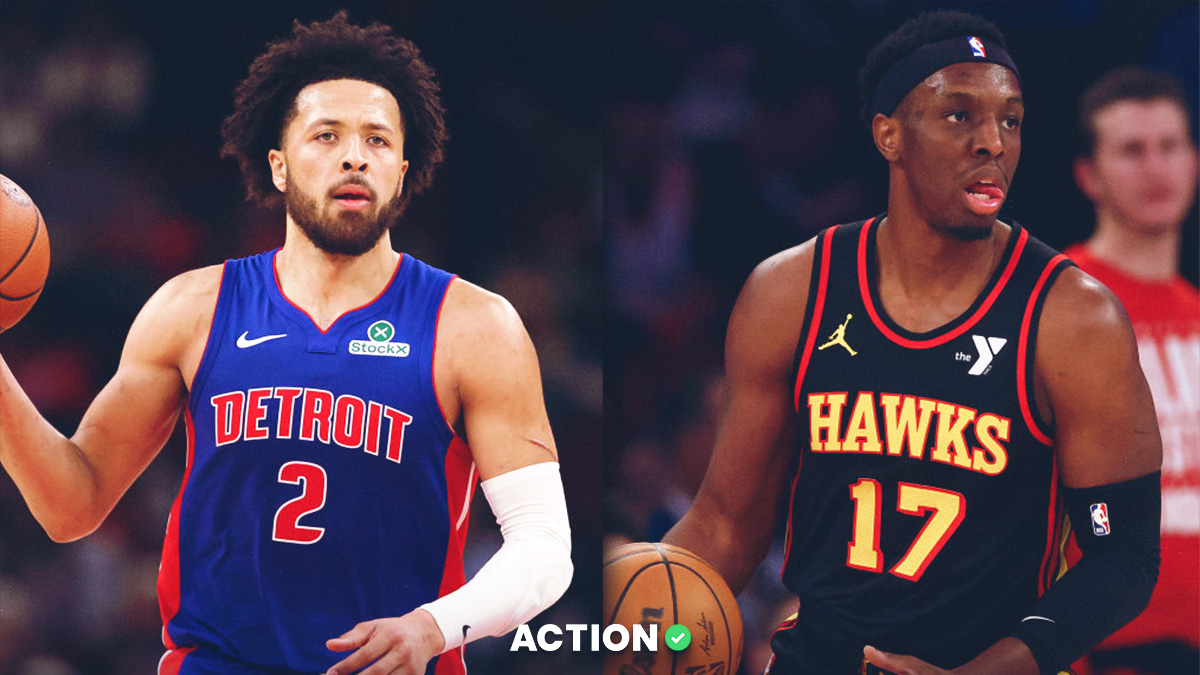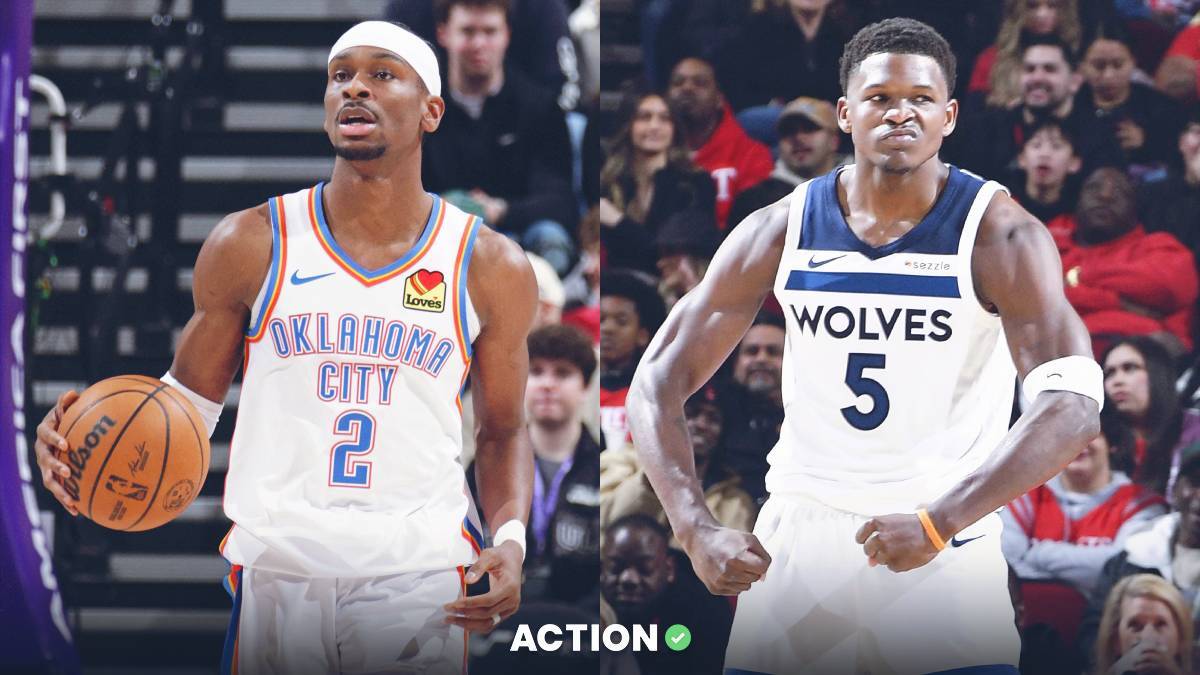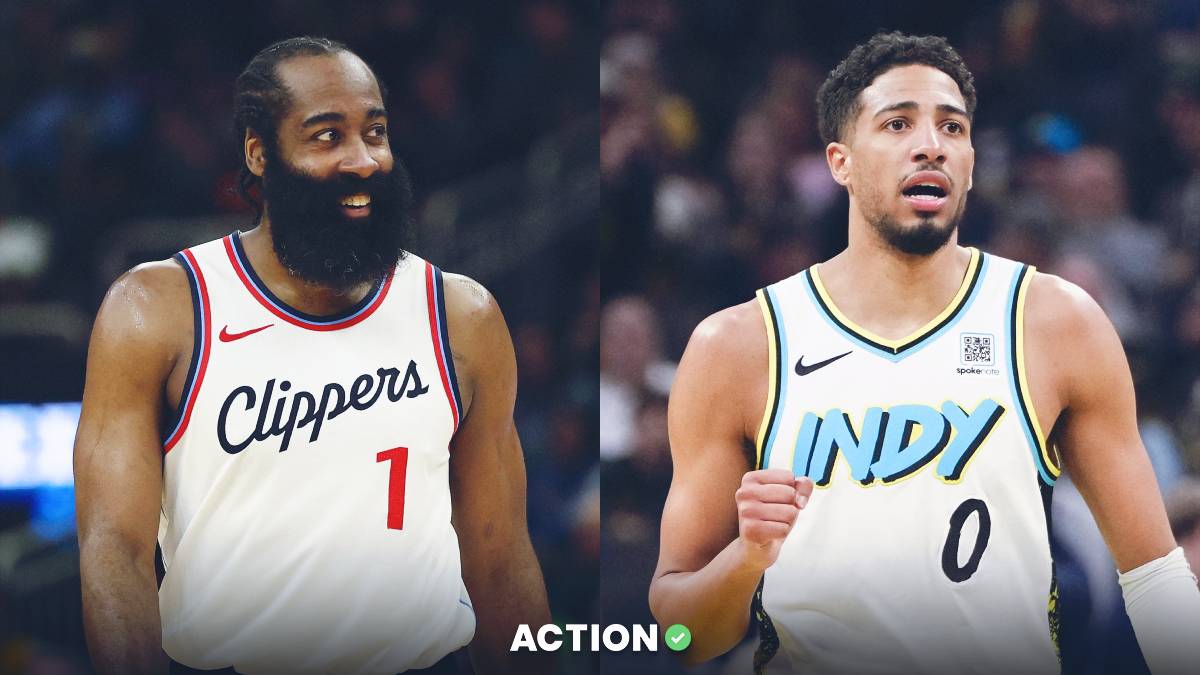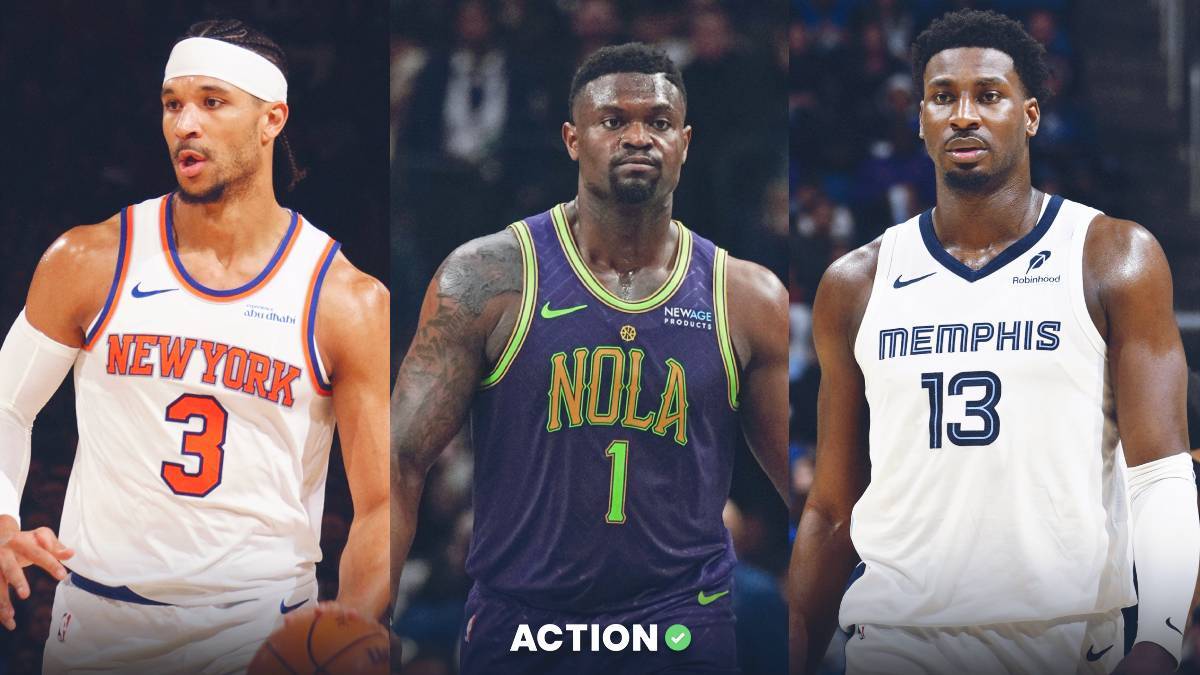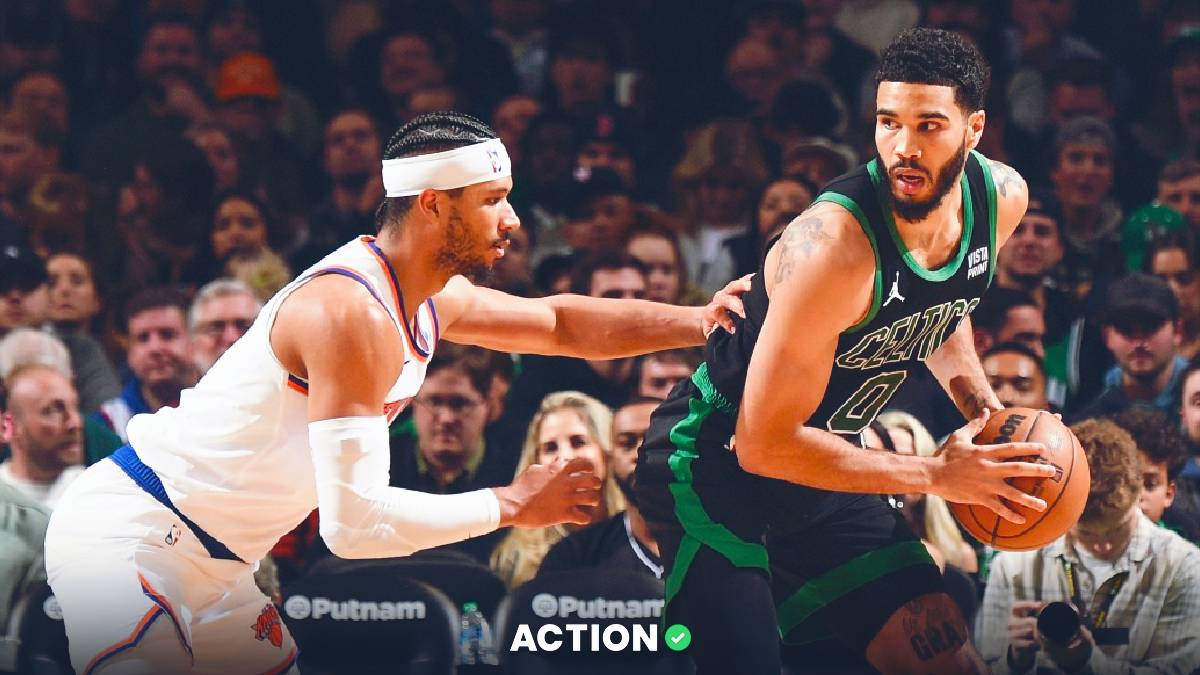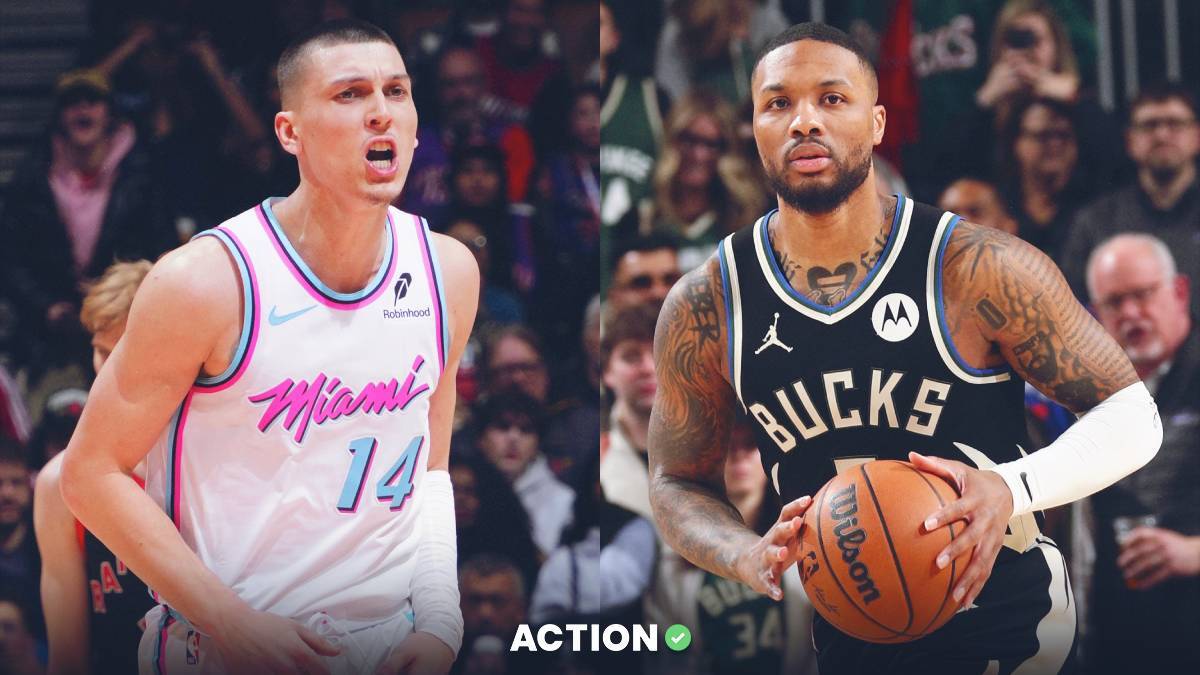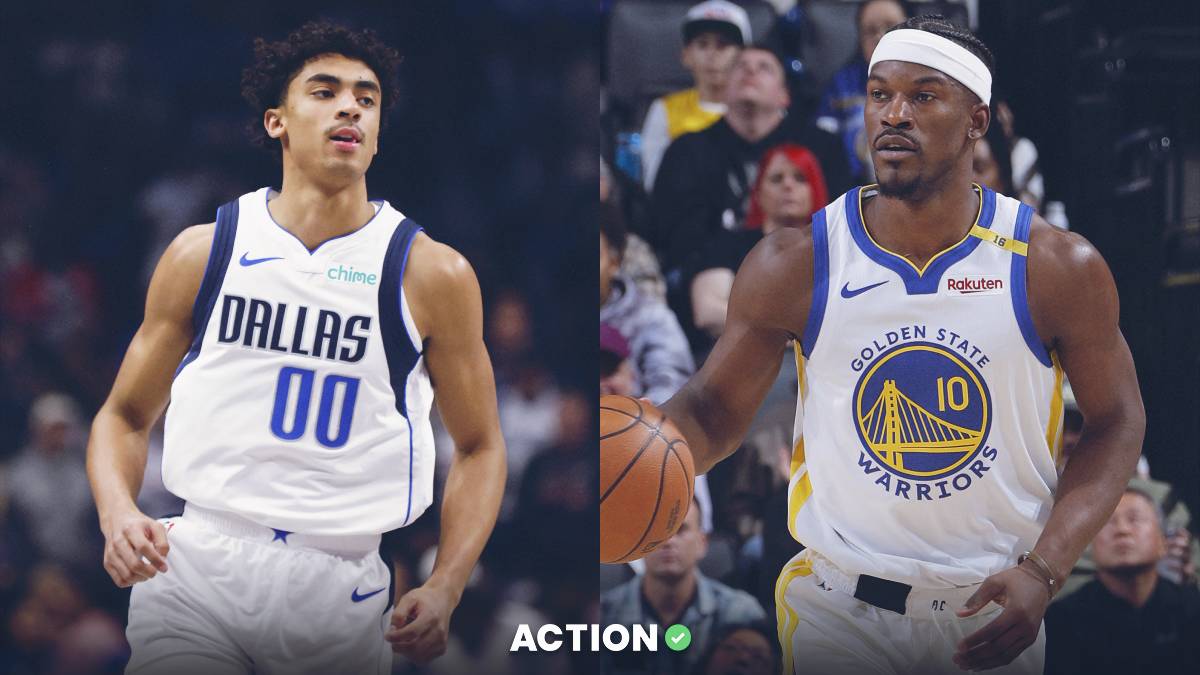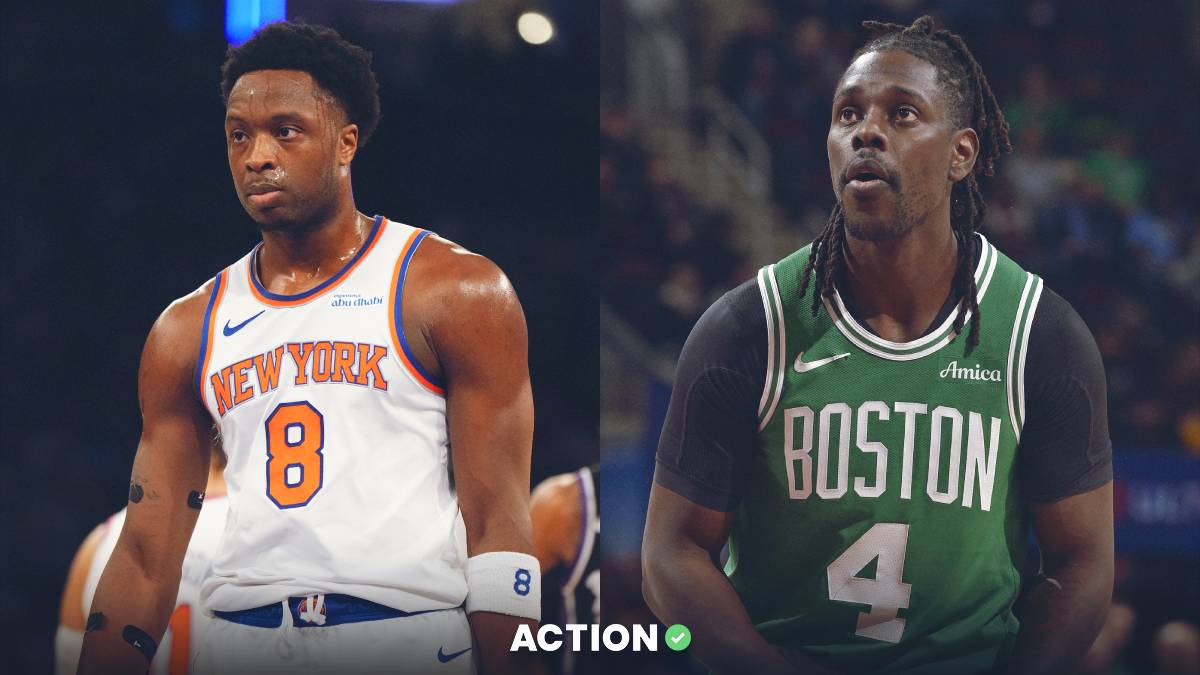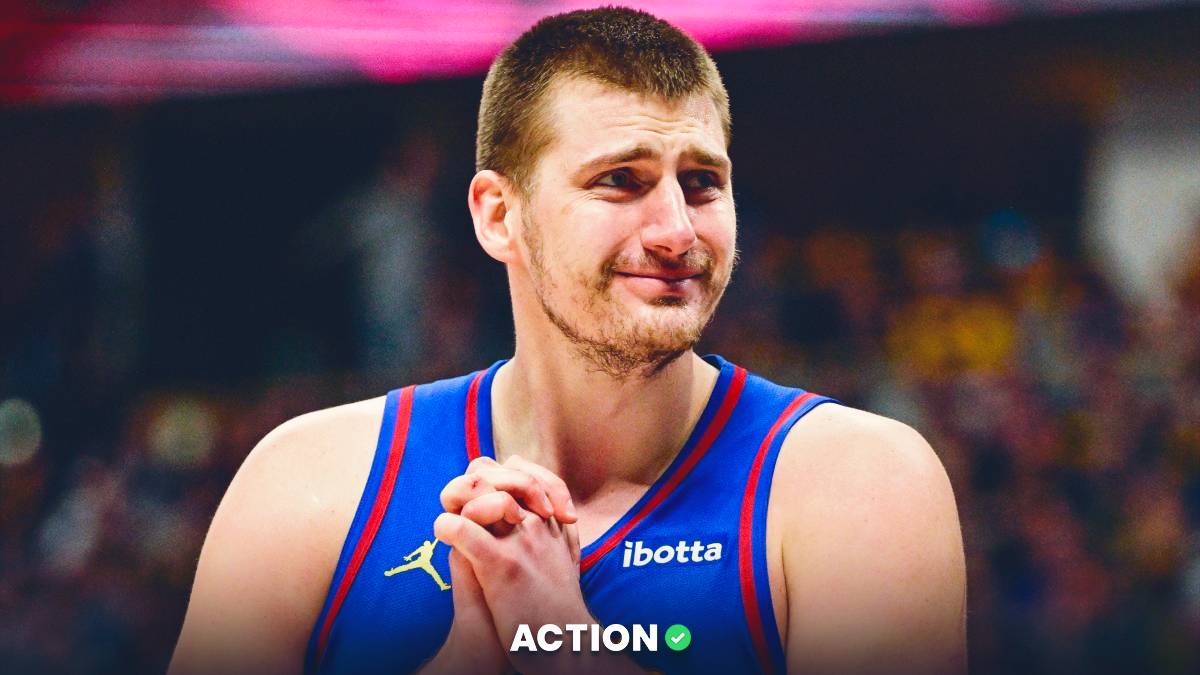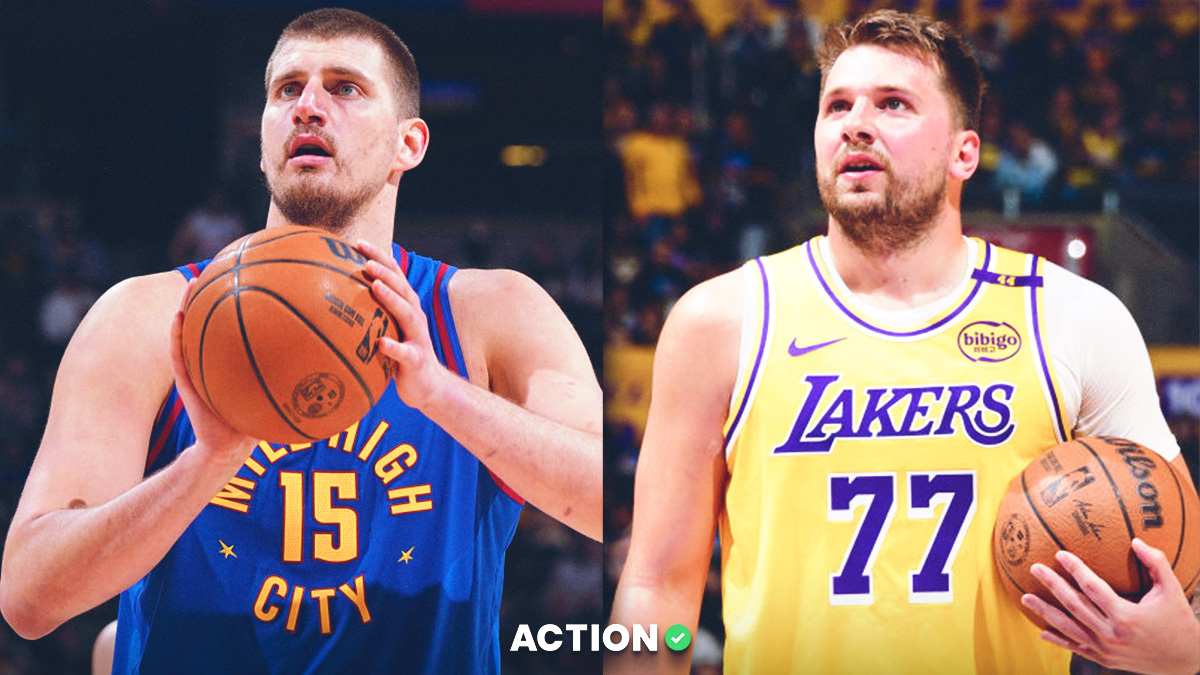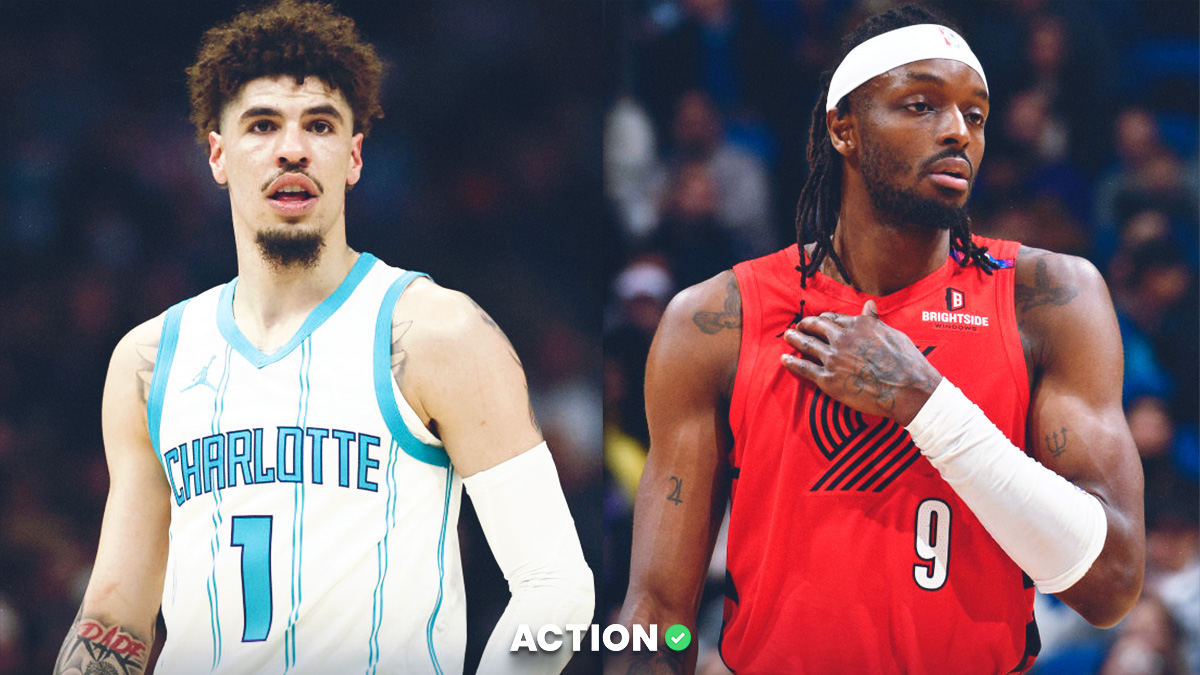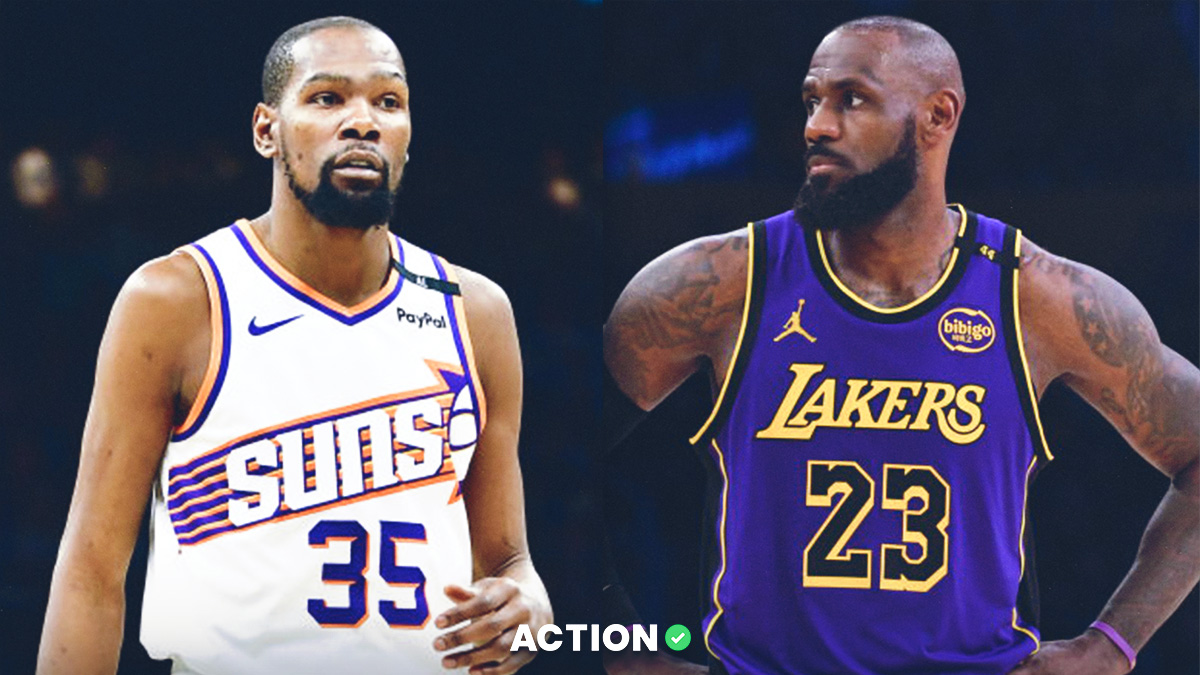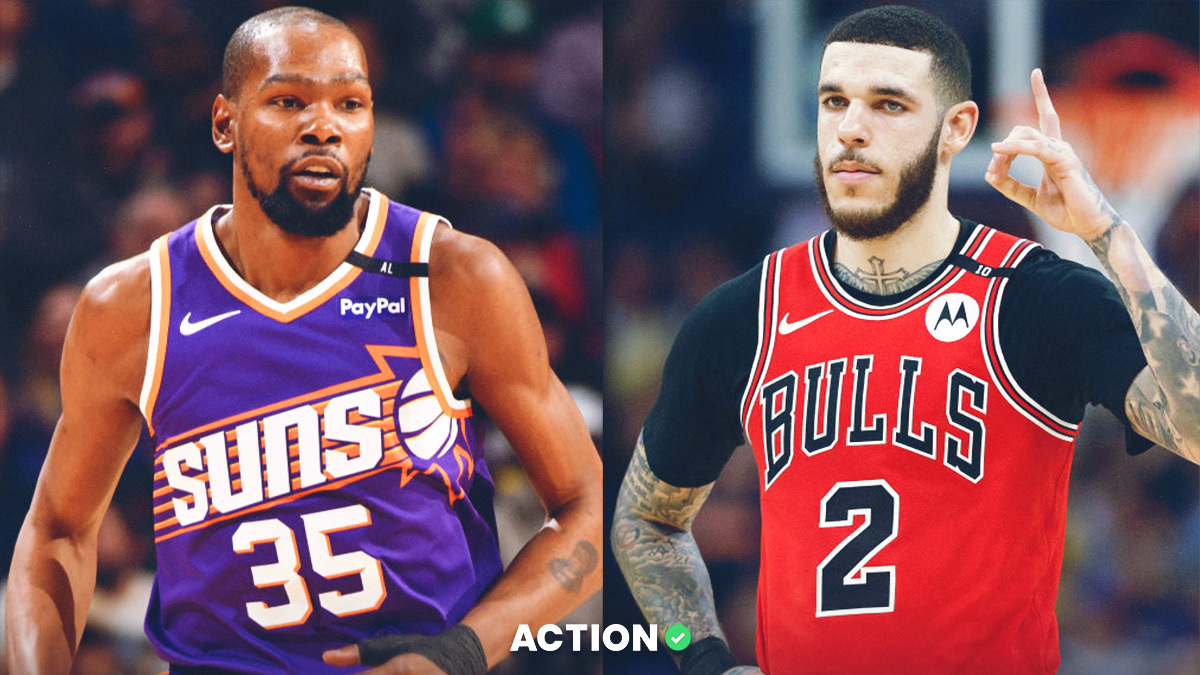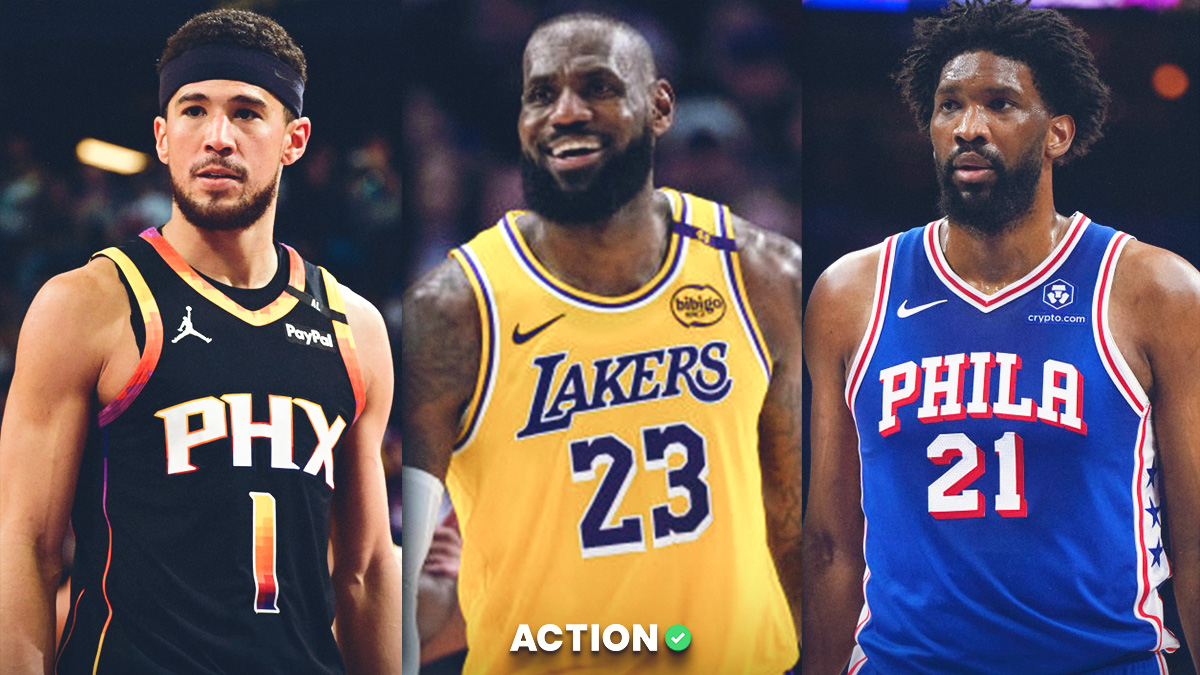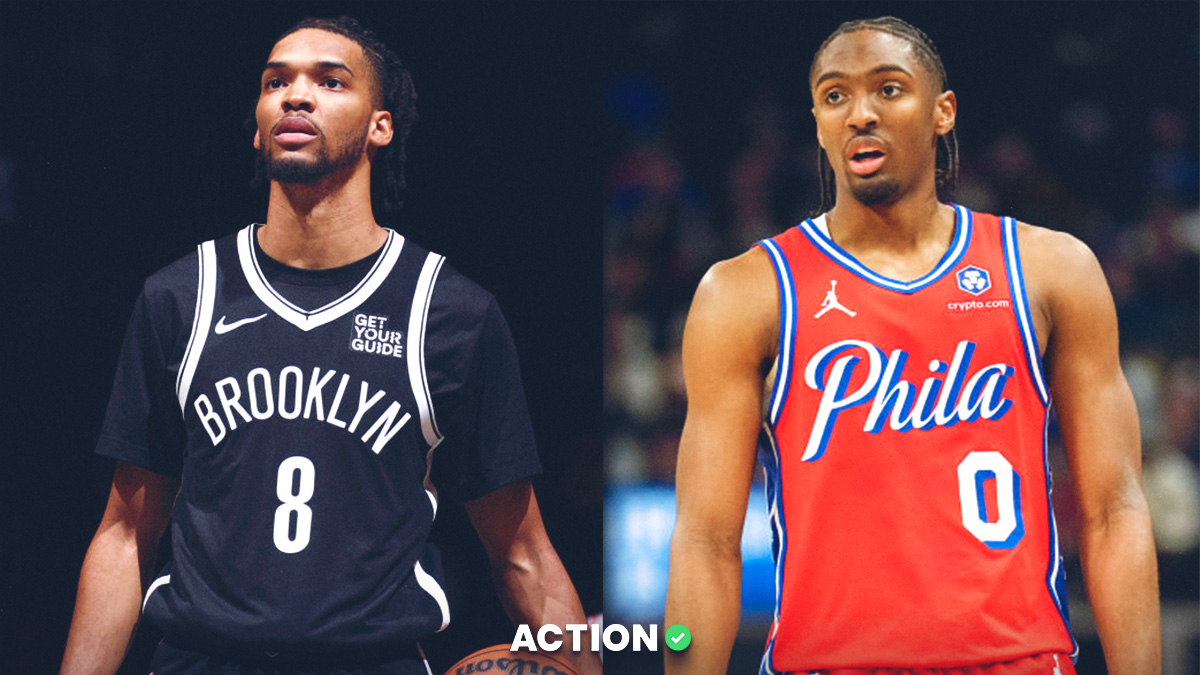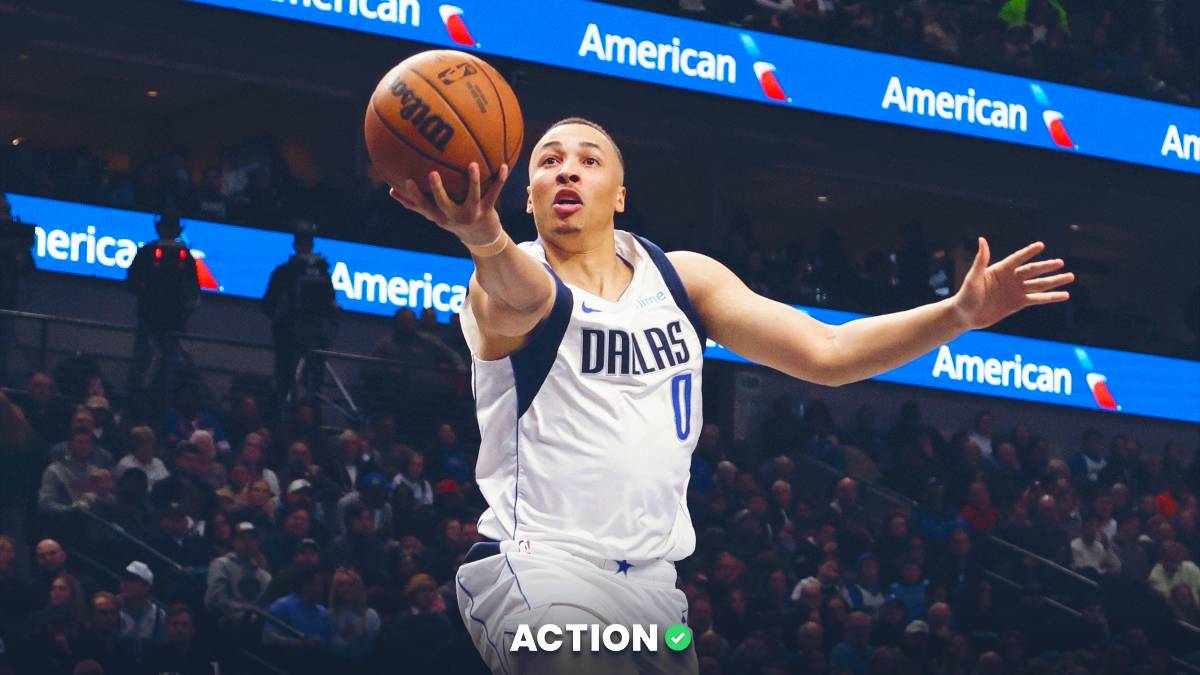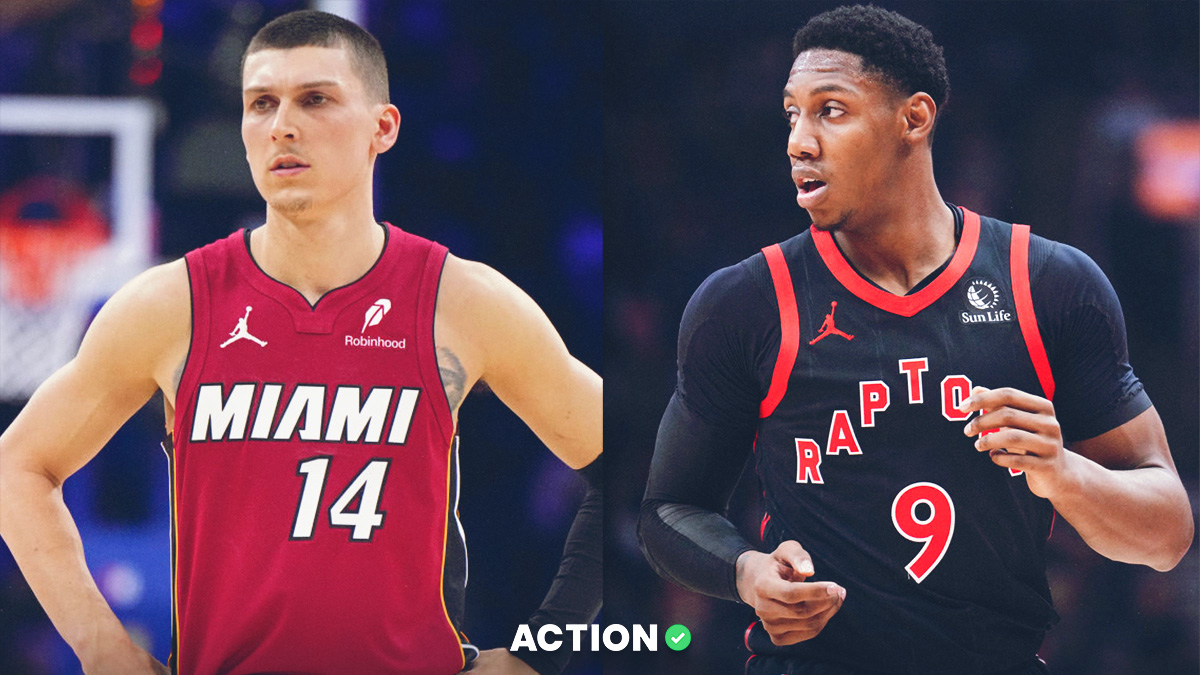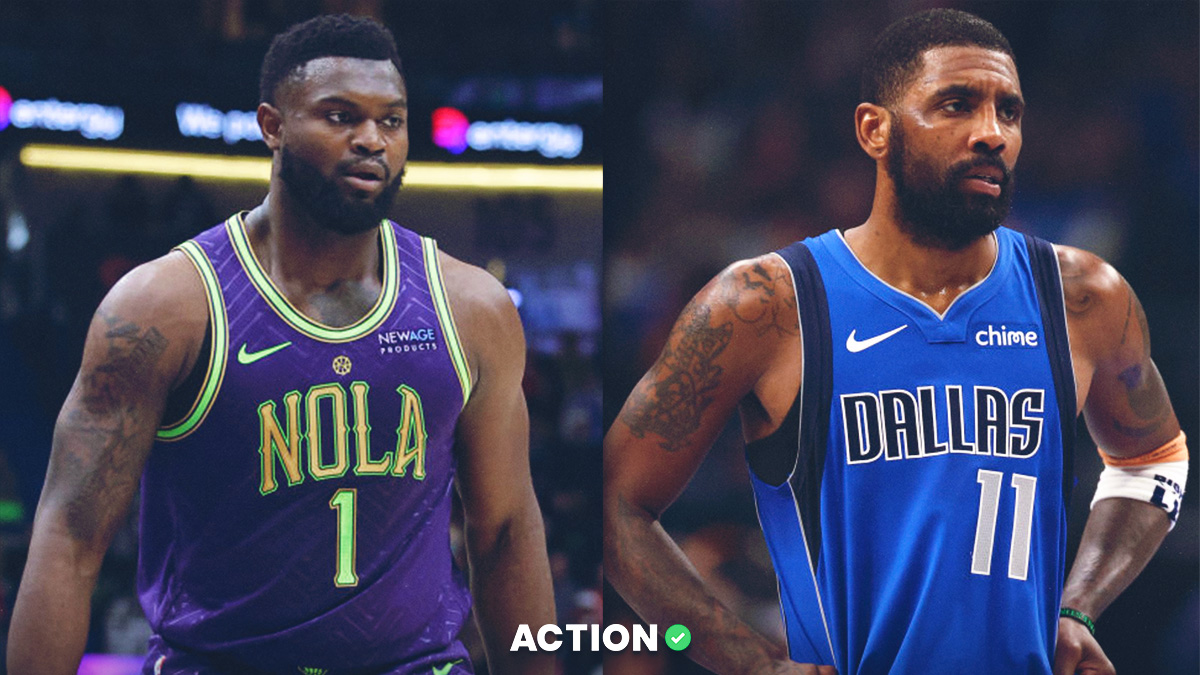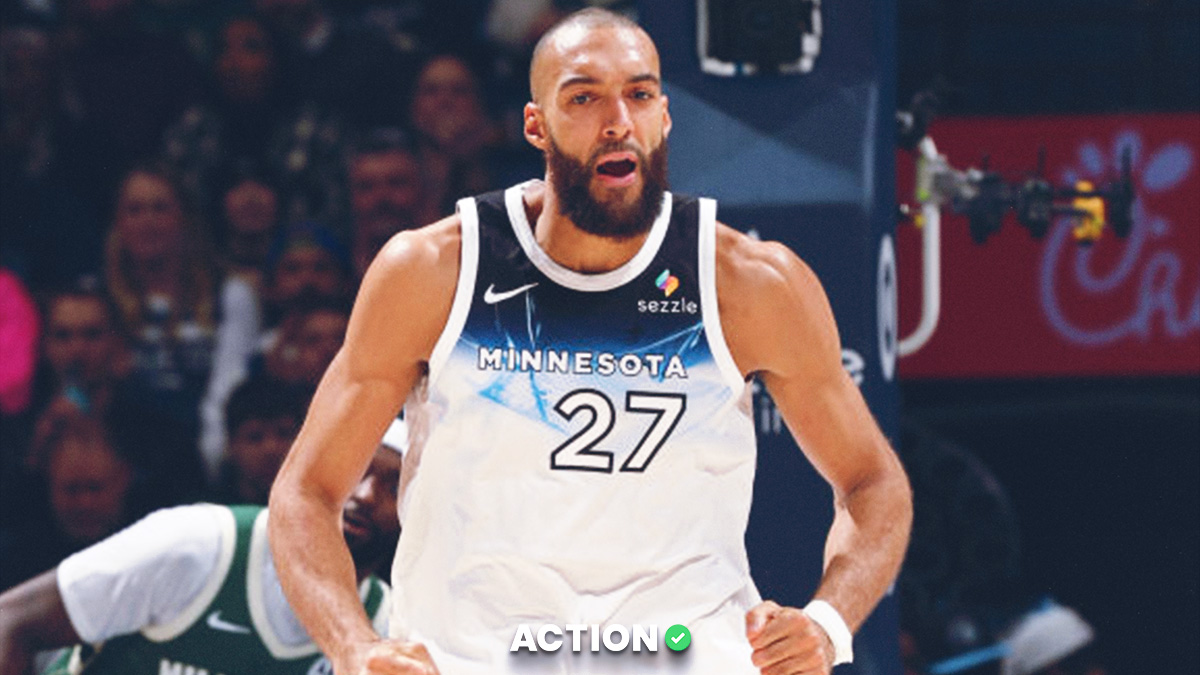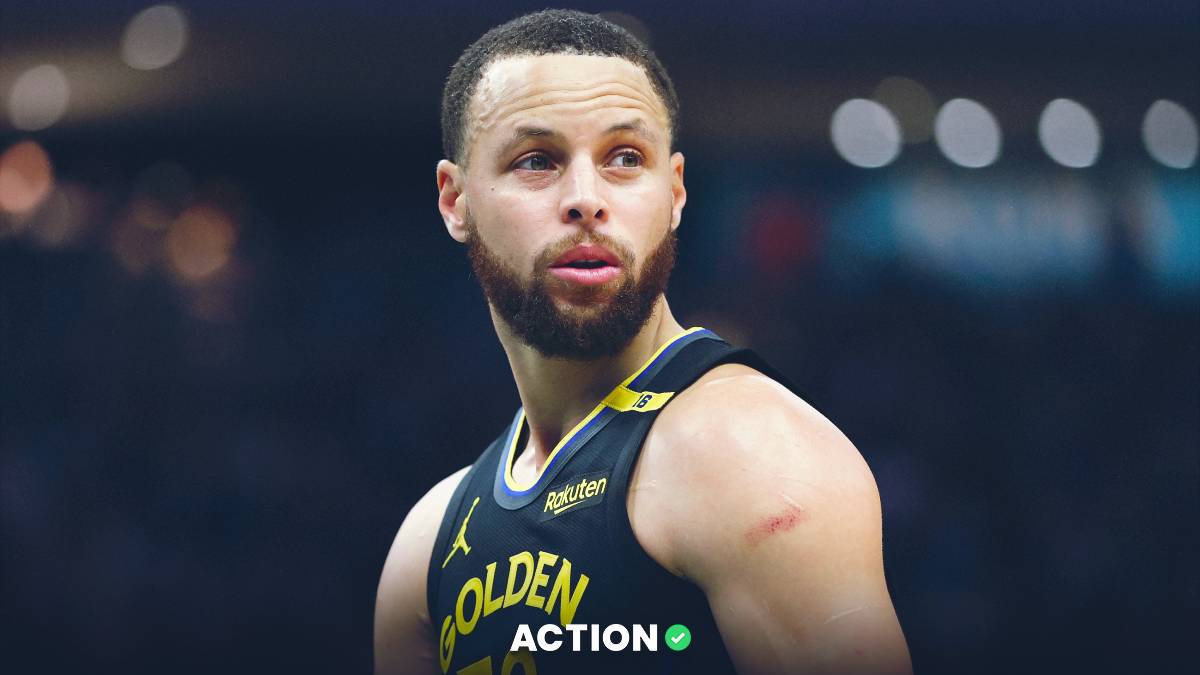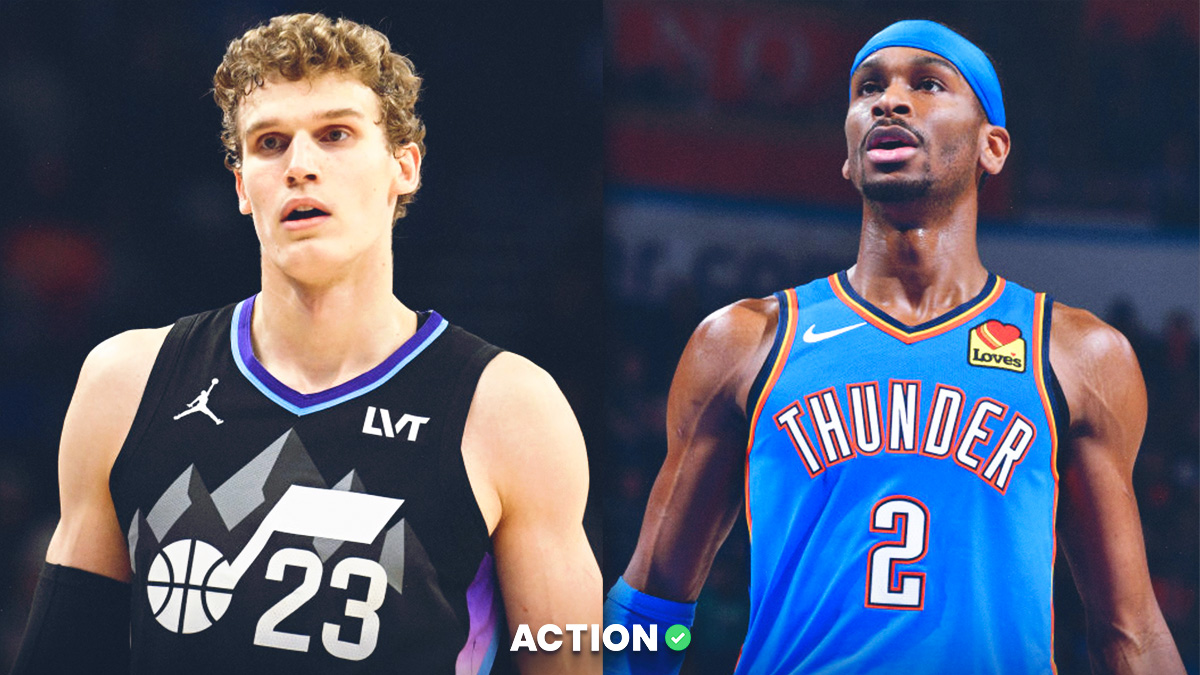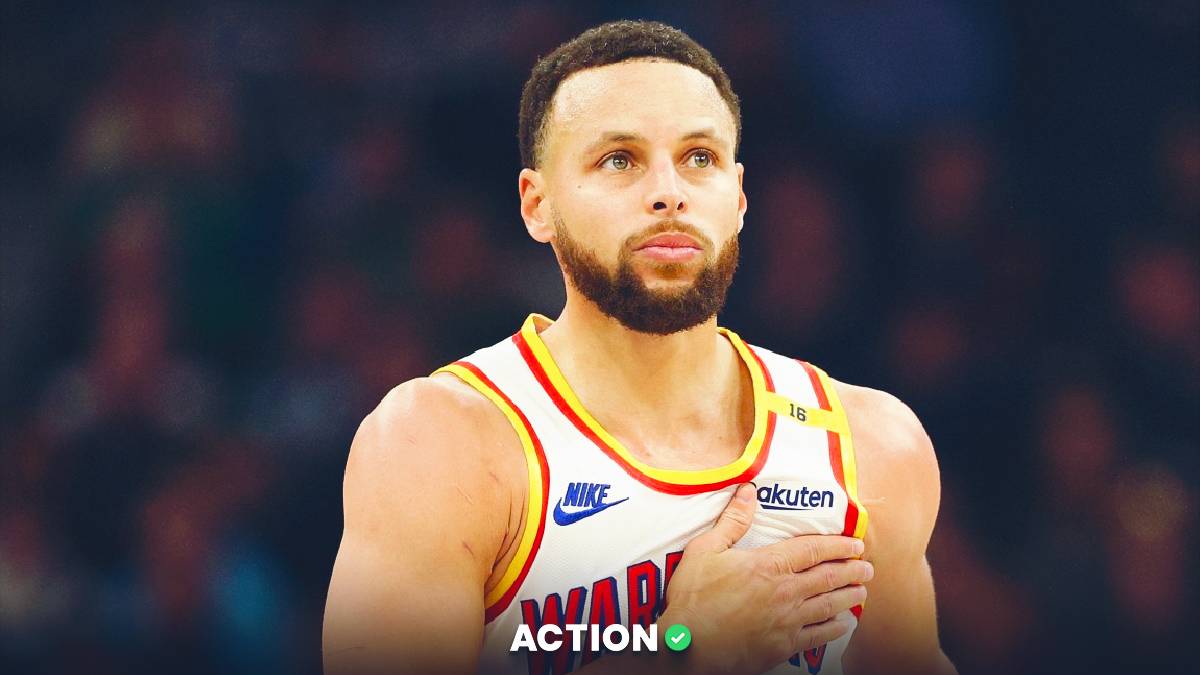After a year’s worth of flirting, tanking, rumors, Instagram likes, leaks, Rich Paul’s little birds, Looney Tunes t-shirts and subtweets — the tension was released as a dramatic climax on Saturday night when Woj decided to bless our timelines with the first bomb of the offseason:
The Pelicans have agreed to a deal to trade Anthony Davis to the Lakers for Lonzo Ball, Brandon Ingram, Josh Hart, and three first-round picks – including the No. 4 overall in 2019 Draft, league sources tell ESPN.
— Adrian Wojnarowski (@wojespn) June 15, 2019
If only it were that simple.
As the memes and dreams of showtime returning to Los Angeles flowed, details of the transaction trickled in throughout the night:
A clarification on the haul of draft picks heading the Pelicans' way. The 2021 pick goes to New Orleans if it's in the top eight, if not they'll get an unprotected first in 2022. Swap in 2023. Unprotected first in 2024, with a right to defer to 2025.
— Tania Ganguli (@taniaganguli) June 16, 2019
Now that the dust has settled, we are able to survey the landscape and take a head count of who made it through the long night.
The trade, as we know it, is proceeding as planned. But look at the calendar; we are still weeks away from the free agency moratorium and another week on top of that from free agents actually being able to put pen to paper.
While the Anthony Davis transaction has been agreed to in principle, A LOT can happen between now and the first day the trade can actually be filed and completed with the league office.
Let's run through the scenarios.
The trade is processed exactly as described on July 6
This is the overwhelming favorite in the clubhouse and the most likely to happen. The Lakers want Anthony Davis; the Pelicans want their bounty.
However, there are consequences for the Lakers if they process the trade as soon as they’re permitted:
The Anthony Davis trade with Los Angeles cannot be completed until July 6. The question now comes down to how LAL times the trade. LAL can use cap space as a buffer first or wait 30 days and have the salaries match up. Waiting would preserve cap flexibility to use $32.5M in room.
— Bobby Marks (@BobbyMarks42) June 15, 2019
The Lakers will have either $27.8M in room or $32.5M in room after this deal. All depends on the timing and if Davis waives his $4M trade bonus.
— Bobby Marks (@BobbyMarks42) June 15, 2019
Because Anthony Davis carries a $27,093,019 cap hold and a $4 million trade kicker option (he has the ability to waive this if he so chooses), if the deal is processed on July 6, the Lakers will no longer have a max spot available to sign a free agent and could lose an additional $4 million in space if Davis doesn’t void his option.
If the franchise has dreams of a “Big 3” involving LeBron James, Anthony Davis and one of the A-list free agents available this summer (Kawhi Leonard, Kyrie Irving, Kemba Walker, Jimmy Butler), they will need to convince one of those guys to take less money than they could make from other teams.
While unlikely, it could technically happen … or the Lakers could decide to use that cap space on less expensive role players and go with the deeper roster option. Regardless, this method guarantees Anthony Davis in house on the terms agreed to in principle as soon as possible.
The trade is processed exactly as described on July 30
Now we start getting weird.
For those asking about @wojespn and @BobbyMarks42’s report, I did hear yesterday that the trade was expected to be completed as soon as the moratorium ends, but there was some uncertainty about whether that would ultimately change. Seems there still is.
— Tania Ganguli (@taniaganguli) June 16, 2019
If Pelicans and Lakers waited until July 30 to complete trade, Lakers could’ve had $32.5M in cap space — enough to pursue a max level free agent. By waiting 30 days, Lakers would be acting like a team over the cap and thus allowed to use 4th overall pick in draft as salary. https://t.co/BdKtxFtvai
— Adrian Wojnarowski (@wojespn) June 16, 2019
In a completely hypothetical situation, let’s say Kyrie or Kawhi have a meeting with the Lakers between June 30 and July 5, the result of which is the player saying: “I’m in. I want to sign here, but I will do it only for the full $32.5 million max spot.”
Do the Lakers proceed with the Davis trade as planned? Or would they dare go to the poker table with Pelicans Executive Vice President of Basketball Operations David Griffin and play heads up until someone’s bluff was called?
For further context: what the Lakers would be trying to accomplish here is getting an extension on the trade execution date. If they sign a free agent on July 6 to a max contract, they will need to wait until July 30 when their No. 4 overall pick is permitted to be signed.
They would then include this contract in the Anthony Davis exchange and equalize the black/red numbers on the P&L sheet to a level which permits them to take on AD plus exceed the cap.
If the Lakers are acting like a team over the cap (waiting 30 days), Davis will not need to waive his $4M trade bonus. The trade would work by $66K.
— Bobby Marks (@BobbyMarks42) June 15, 2019
Just do the Lakers this solid, wouldn’t ya New Orleans? Seems easy, right? Wrong. There is no way this won’t rock the boat and put the trade in immediate danger.
A couple of reasons why:
- Summer League. Whichever team ends up with the fourth pick, they are likely going to want to see him play in Las Vegas with all of the other rookies and entry-level players. If the Lakers trade is not processed until July 30, the only way this player can be on the court is if he’s wearing a Lakers uniform. This is unacceptable.
- The Pelicans are creating additional cap space by trading Davis and will most certainly want to utilize this during free agency between July 6 and July 30. If he’s still on the team, his cap hold is, too.
The limits of LeBron's and Rich Paul’s power will certainly be tested here. If he’s able to convince Kawhi or Kyrie or whoever to come resurrect showtime, how far would they be willing to go to ensure the ransom date is paid?
Would Davis' representation threaten to sit out the entire season (again) if not traded to LA?
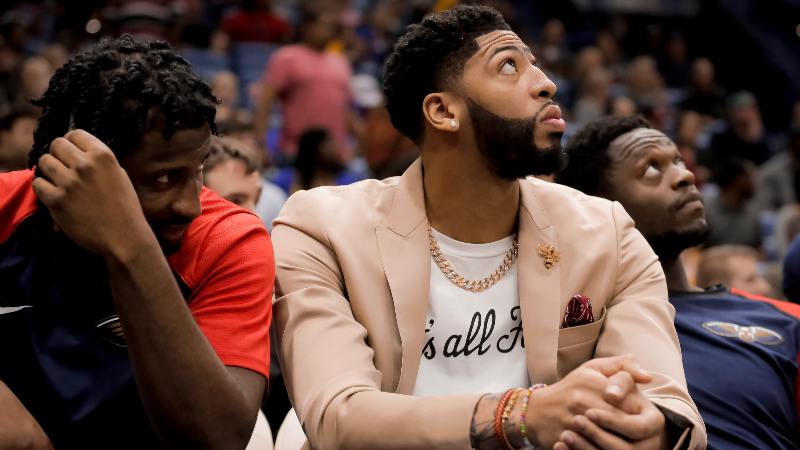
Would Griffin demand Kyle Kuzma or additional future draft assets be included to compensate the waiting period? If you’re the Lakers, no price feels too high if the result is the assembly of a Big 3 superteam and having it locked in for the next three seasons.
Would Griffin void the verbal agreement and trade him to a different team? In this case, he would have 24 days to swipe trade machine tinder — and if he found something that interested him, well, sometimes all it takes is a one-night stand to create a lifelong commitment.
It makes all the sense in the world that the Pelicans publicly demand the trade be completed as soon as possible — it's necessary PR — but how far are they willing to let the Lakers run with the leash behind-the-scenes to ensure this gets done?
These are the questions that will determine how this all plays out if Los Angeles decides to put the negotiation on a hiatus.
The trade is processed, but the physical …
Are we just assuming Brandon Ingram and his recent blood clot surgery is going to pass the Pelicans’ physical with flying colors? What if the team doctors evaluate him and say, uh, we have legitimate concerns about his ability to return?
Speaking of injured players involved in this trade:
LaVar Ball on the Lakers trading Lonzo Ball: ‘I guarantee… it will be the worst move the Lakers ever did in their life and they will never win another championship. Guarantee it.” pic.twitter.com/Q1pxopsEdP
— Ohm Youngmisuk (@NotoriousOHM) June 16, 2019
He wouldn’t, would he?
While I go and get my tin foil hat, remember that the Pelicans have the right to waive the physical if they so choose and none of this would matter.
The moral of the story here is simple: We have heard the details of this blockbuster, but who exactly is listening is yet to be determined.



